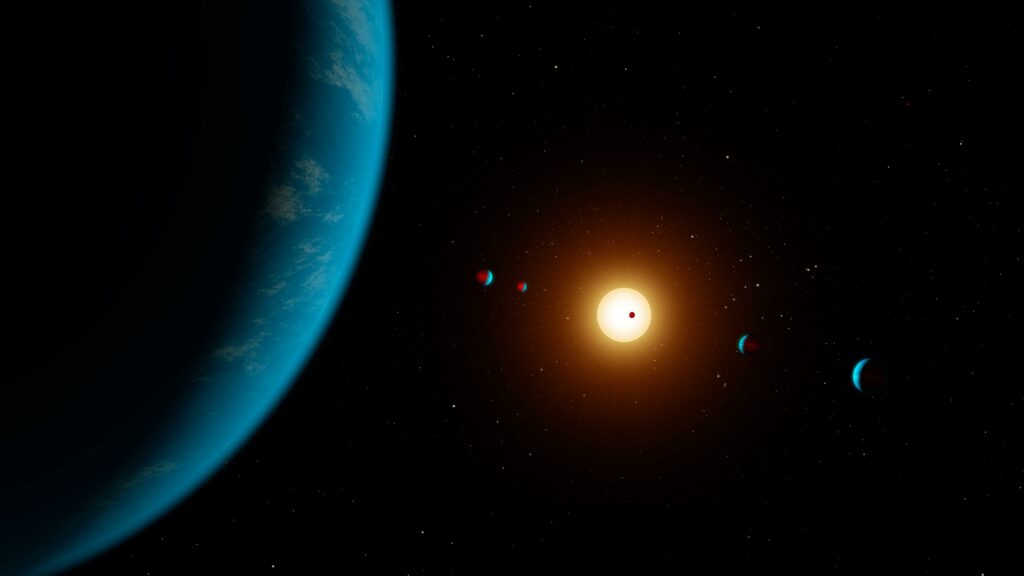China plans to launch an array of five spacecraft to search for potentially habitable exoplanets. The concept of the project called “Miyin” was announced at one of the events dedicated to the Day of Cosmonautics of the People’s Republic of China (it is celebrated on April 24).

The authors of the Miyin project propose to launch a formation of five devices to the L2 Lagrange point of the Sun–Earth system. It will consist of four infrared telescopes, as well as a unifier of their light streams. The devices will be located at a distance of 30 to 400 meters from each other. With the help of interferometric methods, scientists will be able to obtain images with high angular resolution, allowing direct images of exoplanets located within a radius of 65 light-years from the Sun.
In addition to searching for exoplanets, the Miyin telescopes will also be able to be used for other purposes. These include the study of protoplanetary disks and active galactic nuclei.
According to experts, the proposed spatial resolution of the Chinese observatory will be 0.01 arcseconds. This is at least comparable to the characteristics of the HWO observatory being developed by NASA. The latter is supposed to be equipped with a six-meter mirror and a coronagraph, which will allow it to photograph potentially habitable exoplanets within a radius of 80 light-years from the Sun. At the same time, if the NASA observatory is launched in the 2040s, then the Chinese exoplanet hunter can be implemented much earlier.
According to the authors of the Miyin project, if they receive the necessary funding in 2024, they are ready to conduct orbital tests of the technology, followed by experiments at the Tiangun station. The first prototype of the telescope can be launched in 2027, and the deployment of the entire array will take place in 2030. In the future, it can be enlarged by adding new telescopes.
According to https://spacenews.com
Follow us on Twitter to get the most interesting space news in time
https://twitter.com/ust_magazine

